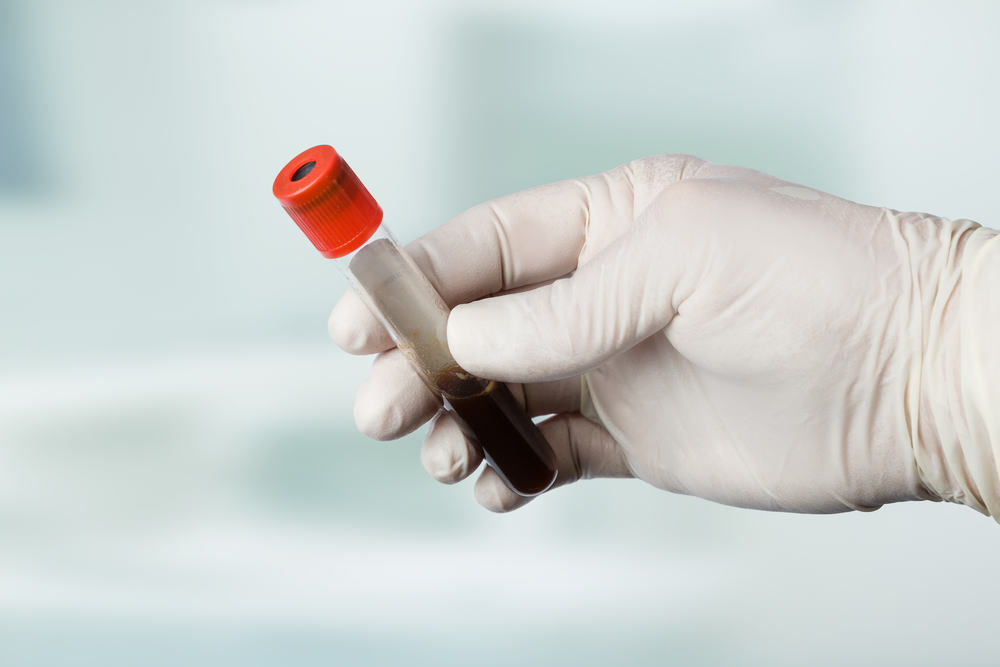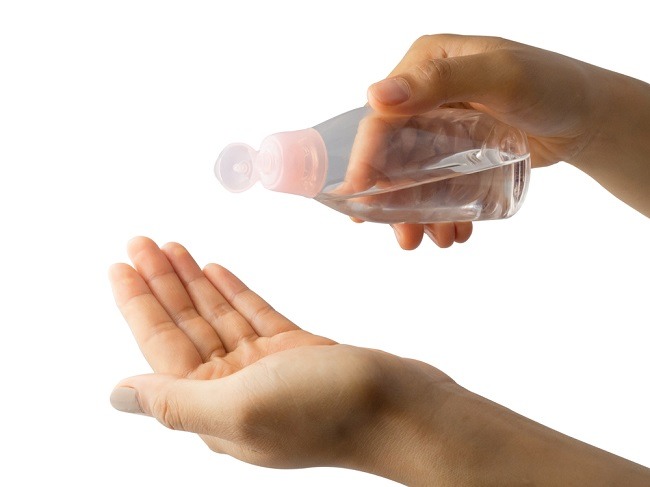Achondroplasia is a bone growth disorder characterized by a stunted and disproportionate body. This condition is one of the most common bone growth disorders.
Patients with achondroplasia have a normal breastbone size, but the size of the arms and legs is short, causing the patient to have a dwarf body (dwarfism).

The average height of adult male achondroplasia sufferers is 131 cm, while that of adult women is 124 cm. Despite having different physical conditions, achondroplasia sufferers have a normal level of intelligence like people in general.
Causes of Achondroplasia
Achondroplasia occurs due to a genetic mutation in the FGFR3 gene, which is a gene that produces a protein Fibroblast Growth Factor Receptor 3. This protein plays an important role in the process of ossification or the process of changing cartilage into hard bone.
Mutations in the FGFR3 gene cause the protein to not function properly, thereby interfering with the transformation of cartilage into hard bone. As a result, the bones grow shorter and have an abnormal shape, especially the bones in the arms and legs.
FGFR3 gene mutations in patients with achondroplasia can occur in two ways, namely:
Spontaneous mutations
About 80% of achondroplasia is caused by gene mutations that are not inherited from parents. This mutation occurs spontaneously and the cause is unknown.
Inherited mutation
About 20% of cases of achondroplasia are inherited from parents. If one parent has achondroplasia, the percentage of children suffering from the condition can be as high as 50%. However, if both parents suffer from achondroplasia, the risk for the child to also suffer from this condition is as follows:
- 25% chance that the child will be normal
- 50% chance the child has one defective gene, causing achondroplasia
- 25% chance the child will inherit two defective genes, resulting in fatal achondroplasia, called homozygous achondroplasia
Symptom Achondroplasia
Since newborn, babies with achondroplasia can be recognized by their physical characteristics, such as:
- Short arms, legs and fingers
- Larger head size, with a prominent forehead
- Teeth that are misaligned and attached
- Having spinal deformities, can be in the form of lordosis (curved forward) or kyphosis (curved back)
- Narrow spinal canal
- O-shaped limbs
- Feet short and wide
- Weak muscle tone or strength
When to go to the doctor
If there is a family member who has a history of achondroplasia, it is recommended to do a genetic examination before planning a pregnancy to find out how big the risk of this condition is passed on to the fetus.
If you or a member of your family has been diagnosed with achondroplasia, it is advisable to check with the doctor regularly to prevent complications. Please note, the risk of complications in patients with achondroplasia can increase over time.
Diagnosis of Achondroplasia
Achondroplasia can be diagnosed since infancy, more precisely when a new baby is born or still in the womb. Here is the explanation:
After the baby is born
As a first step, the doctor will examine the physical symptoms experienced and conduct questions and answers with parents regarding family medical history. Achondroplasia can be recognized by the characteristic short and disproportionately short limbs.
To confirm the diagnosis, the doctor can also perform further tests with DNA tests. DNA testing is done by taking DNA samples from blood for later analysis in the laboratory. The DNA sample was used to detect possible abnormalities in the FGFR3 gene.
During pregnancy
Achondroplasia diagnosis can also be made during pregnancy, especially for parents who suffer from achondroplasia. Some tests that can be done to detect achondroplasia are:
- ultrasoundUltrasound is used to examine the condition of the fetus in the womb and detect signs of achondroplasia, such as a larger-than-normal head size. Ultrasound can be done through the mother's abdominal wall (transabdominal) or through the vagina (transvaginal ultrasound).
- Detection of FGFR3 . gene mutationsDetection of gene mutations while still in the womb can be done by taking a sample of amniotic fluid (amniotic fluid).amniocentesis) or a sample of placental or placental tissue, known as chorionic villus sampling. However, this action has the risk of causing a miscarriage.
Achondroplasia Treatment
To date, there is no cure or treatment method to completely treat achondroplasia. Treatment is only intended to relieve symptoms or prevent and treat complications that arise. These treatments include:
1. Medical check-up
Medical check-up routinely need to be done to monitor the growth of the patient's body. The examination includes measuring the ratio of the upper to lower body, as well as the patient's weight. It is very important to maintain the patient's body weight to remain ideal in order to prevent complications.
2. Hormone therapy
In children with achondroplasia, the doctor may recommend hormone therapy that is carried out regularly to increase bone growth in children so that they can have better posture as adults.
3. Dental care
Dental treatment is done to improve the structure of the teeth that are piled up due to achondroplasia.
4. Antibiotics
Antibiotics can be used to treat ear infections that are often experienced by people with achondroplasia.
5. Anti-inflammatory drugs
Anti-inflammatory drugs can be given to treat achondroplasia patients with joint disorders.
6. Operation
Surgery can be performed to relieve symptoms or treat complications that occur. Operations that can be performed include:
- Orthopedic proceduresA procedure performed by an orthopedic doctor to correct the O-shape of the foot.
- Lumbar laminectomySurgical procedures to treat spinal stenosis.
- Ventriculoperitoneal shuntThe surgical procedure is performed if the patient with achondroplasia has hydrocephalus. This procedure is done by inserting a flexible tube (catheter) to drain excess fluid in the brain cavity.
- Caesarean sectionPregnant women with achondroplasia have small pelvic bones, so it is advisable to give birth by caesarean section. This procedure is also performed if the fetus is diagnosed with achondroplasia to reduce the risk of bleeding due to the fetal head being too large to be delivered normally.
Complications Achondroplasia
There are various complications that can be experienced by patients with achondroplasia, including:
- Obesity
- Recurrent ear infections, due to narrowing of the canal in the ear
- Limitations in movement, due to deformities of the arms and legs
- Spinal stenosis, which is a narrowing of the spinal canal which causes compression of the nerves in the spinal cord
- Hydrocephalus, which is a buildup of fluid in the cavities (ventricles) in the brain
- Sleep apnea, namely the condition of the emergence of a rhythm of stopping breathing during sleep
Prevention of Achondroplasia
Measures to prevent achondroplasia are not yet known. If you suffer from achondroplasia or have a family history of achondroplasia, it is advisable to consult a doctor to find out more about the risk of achondroplasia in your child.









